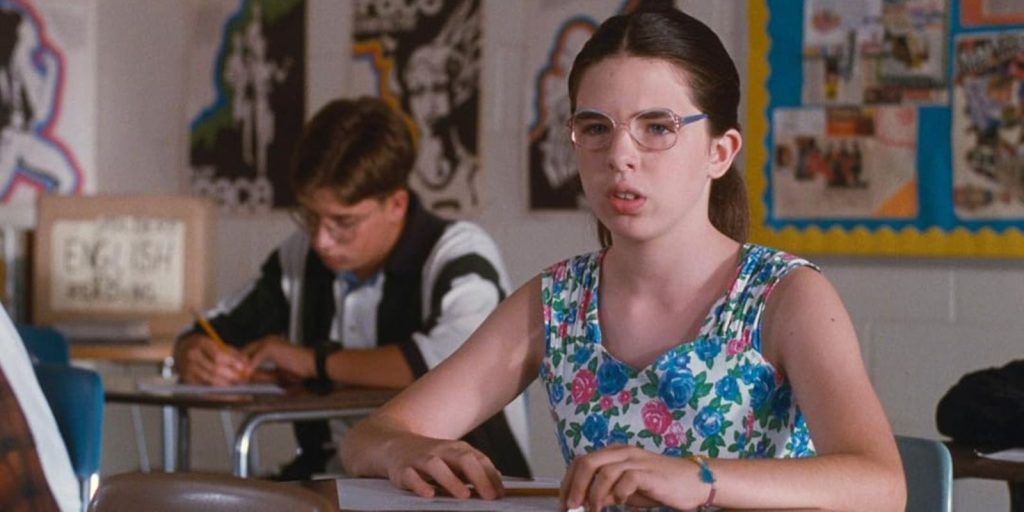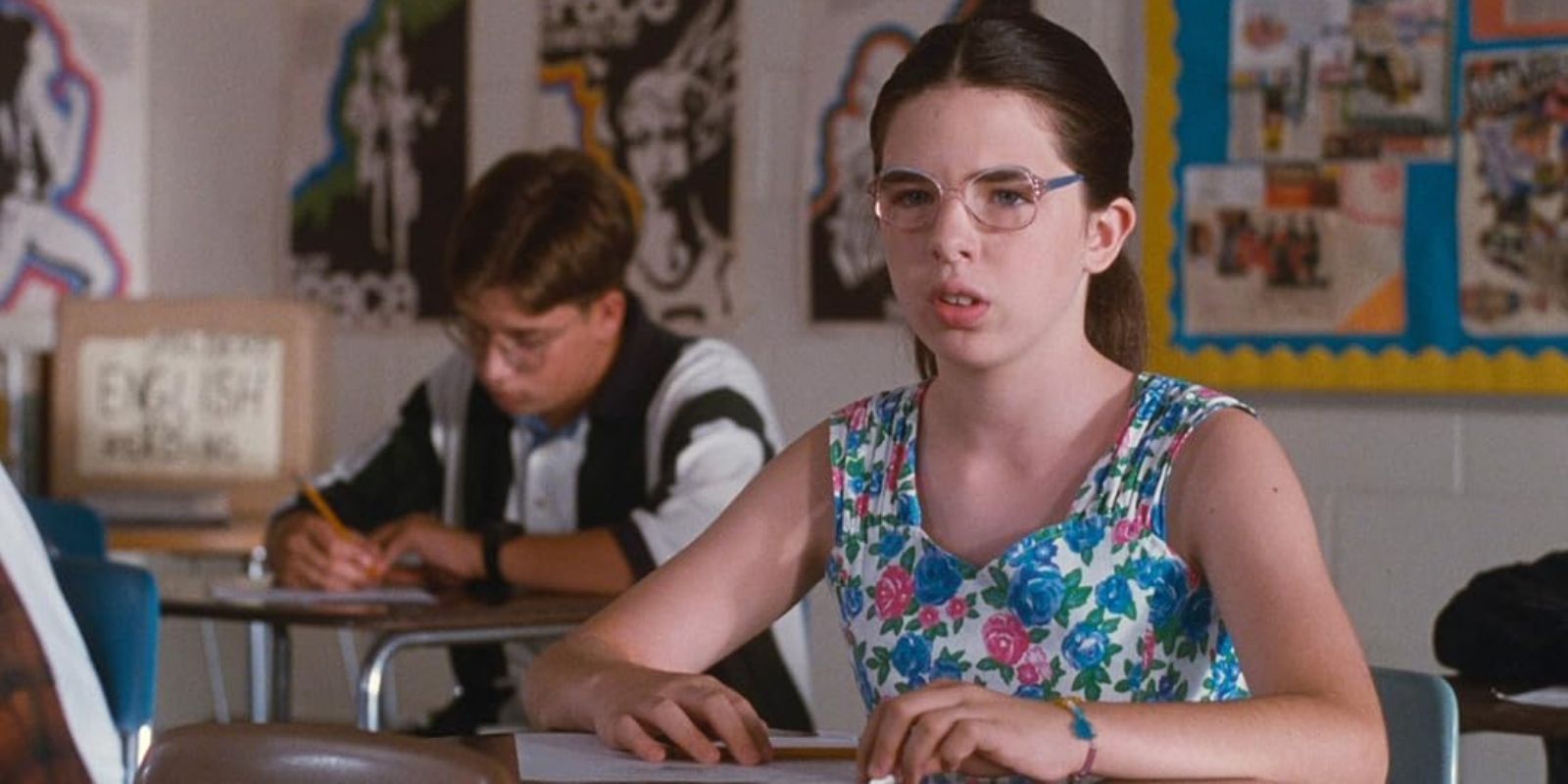
Image via Sony Pictures Classics

If the ‘80s were full of enduring teen movies that glorified suburban young people’s search for love and acceptance, the mid-‘90s saw an explosion of independent films that subverted the fantasy aspect. Cult classics such as Larry Clark’s Kids and Kevin Smith’s Clerks downplay the hope of a brighter future in favor of a bleak, dead-end outlook for America’s youth. This tone was not limited to dramas alone, as Todd Solondz’s dark comedy Welcome to the Dollhouse flips the traditional coming-of-age narrative on its head. While teen comedies like Edge of Seventeen and Lady Bird offered earnest depictions of the struggles of adolescent girls blossoming, Solondz’s 1995 debut feature takes a cynical approach to the theme without having a neatly bow-tied conclusion. It was the introduction of Solondz’s recurring character Dawn Wiener (Heather Matarazzo), who would be played by various actresses in later projects. Made on a shoestring $800,000 budget, Dollhouse earned universal acclaim, scoring a 94% critics’ rating on Rotten Tomatoes. Much of its praise stems from Solondz peeling away the safe haven of suburbia that John Hughes frequently highlighted to reveal the social cruelty side of it.
What Is ‘Welcome to the Dollhouse’ About?
Set in the New Jersey suburbs, junior high school student Dawn has the whole world against her. At home, her parents treat her like an awkward ugly duckling and favor Dawn’s spoiled younger sister (Daria Kalinina) as well as her aspiring musician brother (Matthew Faber). In school, her teachers demean her, as do a gang of bullies led by Brandon McCarthy (Brendan Sexton III). Dawn’s lone friend Ralphy (Dimitri DeFresco) is the only one sympathetic to her angst. All Dawn wants is for the disrespect to stop, and she takes extraordinary steps to gain acceptance from her family and classmates. She hopes to find a change in her life when she finds herself attracted to her brother’s new bandmate Steve (Eric Mabius). But the tensions with Brandon at school take some shocking and twisted turns that change the nature of their relationship. Welcome to the Dollhouse goes against the Hughes-style romanticism of adolescent girls depicted in Sixteen Candles and The Breakfast Club. It tackles deeply disturbing themes, including the threat of sexual violence, drug dealing, and child endangerment, through a satirical lens. As a social outcast, Dawn Weiner does not have Prince Charming coming to save her, nor does she discover a talent that brings her upward mobility. Even when she finds some joy in watching Steve and her brother’s garage band performing the title theme, it’s often broken up by a defeatist attitude. Dawn lacks a traditional arc where the protagonist undergoes a significant change. Instead, her refusal to fully change her inept personality into somebody more accepting of those around her makes the character more identifiable from a human perspective.
The Main Character Was Recast In Todd Solondz’s Subsequent Movies
Image via IFC Films
As Dollhouse subverts coming-of-age tropes, it engages in a very controversial subplot involving the odd romance between Dawn and Brandon. Midway through the film, when the painfully shy Dawn takes a stand by making a derogatory remark about Brandon, her school tormentor threatens sexual assault after school. In an awkwardly dark comedic fashion, however, it takes a failed attempt and a phone call before Dawn directly confronts Brandon in a junkyard, only to land her first kiss. While it echoes the ‘opposites attract’ angle of Judd Nelson’s bully and Molly Ringwald’s rich girl in The Breakfast Club, this subplot goes even further to humanize the school bully by showing his sad low-class household in contrast to the privileged but agonizing environment that Dawn struggles to live in. The dysfunctional nature of Dollhouse is really disguised as Solondz’s commentary on middle-class suburban life, the vain attitudes of working adults, and an isolated environment that does more to contain its youth to dead-end futures rather than pursuing bigger dreams. But that does not create additional sympathy for Dawn. The selfishness of her family life still rubs off on her, especially when she confesses feelings for Steve to Brandon and in turn rejects Ralphy, despite his kindness early on. This exemplifies everything that Dollhouse is about: when there’s a light in the tunnel, Dawn ends up finding ways to run away instead of toward it. Welcome to the Dollhouse was such a groundbreaking moment in Solondz’s career that he revived the Dawn Weiner character in later efforts Palindromes and Wiener-Dog, featuring Greta Gerwig in the role. Both films continued to double down on the hopelessness within the character’s life, even to the extent of tragedy. However, the uncomfortable realism of Solondz’s first feature in many ways paved the way for filmmakers like Sean Baker to tackle grounded tales about troubled youth with no uplifting messages to put the audience at ease. Welcome to the Dollhouse is streaming on Tubi in the US.







